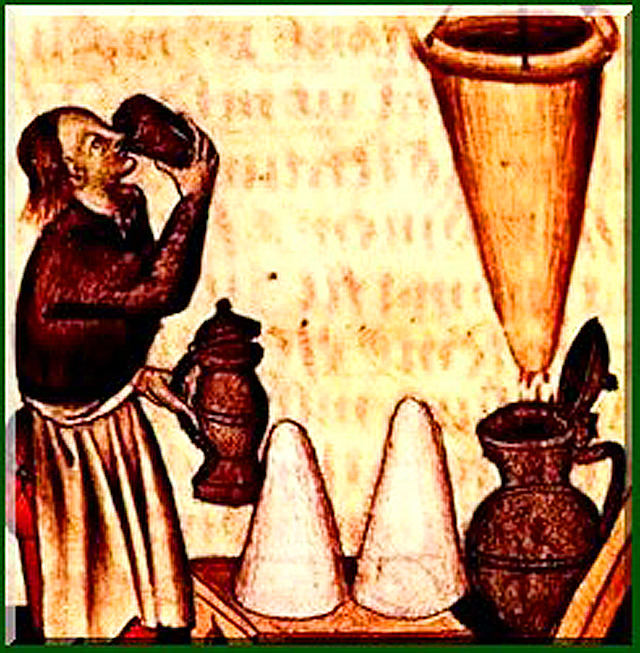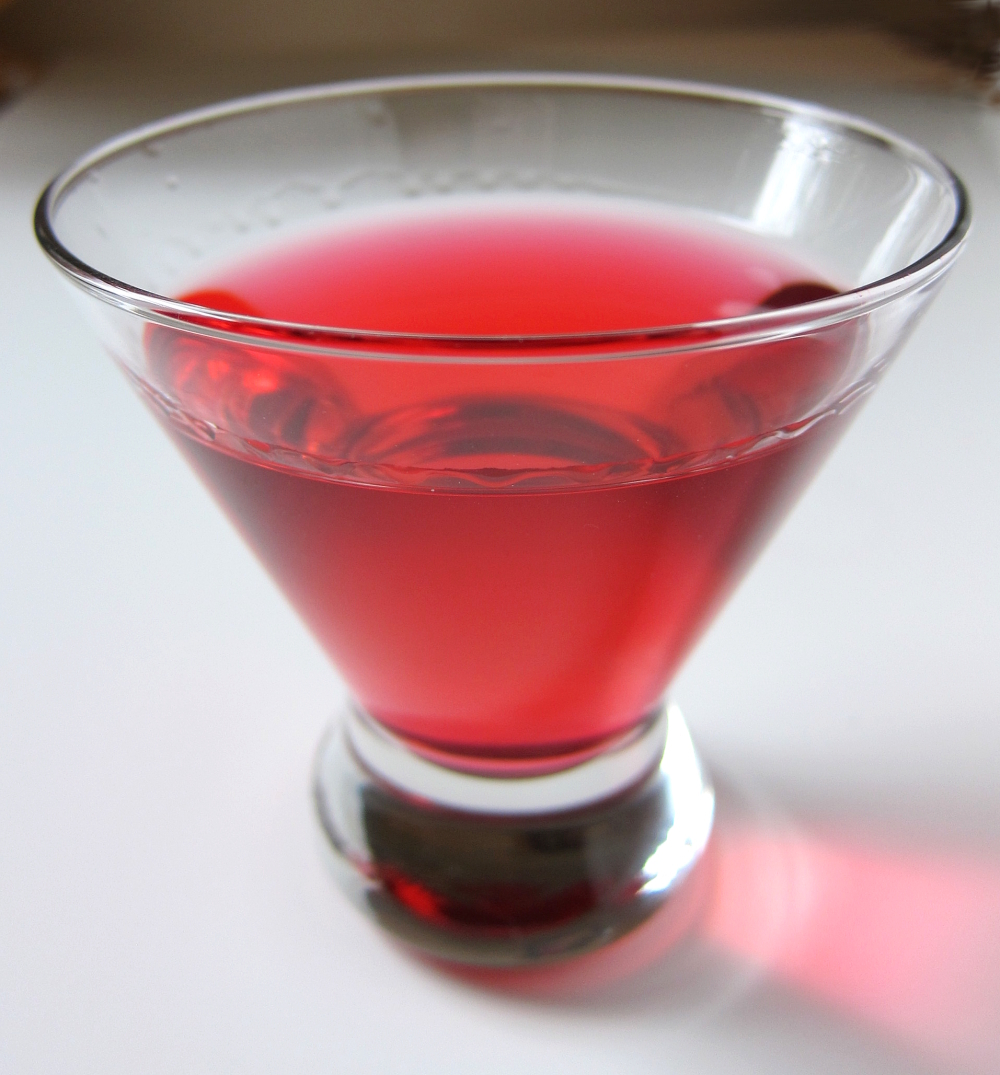When it comes to drinks, some things just go together. Gin and Tonic. Scotch and Water. Brandy and Soda. Writers and any booze they can lay their hands on. This symbiotic relationship often extends beyond the artists and into their characters, from Falstaff to Ford Prefect, and has been present from the very beginning: The Bablyonian Epic of Gilgamesh, one of humanity’s very first known works of literature, is brimming with references to wine and beer.
In honor of this ancient, fruitful, and occasionally catastrophic association, were are proud to present a new blog series: Stone Skin on the Rocks. Each week we will bring over a few of our contributing authors to offer you pairing suggestions for their works–just as a good beer, wine, or cocktail can be enhanced by pairing it with a certain appetizer, meal, or cigar, we believe a good story can be benefit from matching it with an appropriate beverage. For today’s inaugural entry, we’ll offer both a general pairing suggestion for The Lion and the Aardvark, and a unique recipe that contributor Molly Tanzer provided for her fable in particular.
For the classical connection, you can’t beat the spiced wine called Hippocras for a bevvie to pair with our collection of modern fables. As long as humans have been drinking wine they’ve been spicing it, and while Hippocrates himself may never have quaffed a glass of his namesake beverage, he did provide the so-called Hippocratic Sleeve used to strain out all the spices and additives prior to drinking. This variety of spiced wine dates clear back to Medieval Europe, when it (apocryphally) rode west to Europe along with returning crusaders. The standard recipe for Hippocras comes to us from the the 14th Century English cook book The Forme of Cury, which is in of itself a fascinating text (See this wonderful BBC4 special on the subject by dearly beloved and recently deceased chef Clarissa Dickson Wright).
Whether you prefer the French or Anglo-Saxon spins on this classic beverage, you’ll find yourself in good company, both real and literary: Hippocras was the tipple of choice for Gilles de Rais–medieval serial killer, accused werewolf, and BFF of Jeanne D’Arc–and is also quite popular with the upper classes in Westeros.
Now, if spiced wine isn’t quite your style, Molly Tanzer has a very different pairing suggestion for “The Poison-Well,” her contribution to The Lion and the Aardvark. The following is an excerpt from Rumbullion and Other Liminal Libations, a collection of her work that both reprinted her fable and gave us the idea for this blog series:
“Opening a bottle of quality champagne evokes different emotions for different people, but a common association with champagne is having some cause for celebration. While, in my opinion, a champagne such as Moët et Chandon Imperial or Veuve Clicquot (two of my personal favorites) is best enjoyed by itself, very cold, in either a flute, or (more traditionally) a coupe or saucer-style glass, champagne cocktails are lovely and very special, too. The Kir Royal/Kir Royale is perhaps the most commonly known champagne cocktail, traditionally containing around half an ounce of crème de cassis and then six ounces or so of wine. If you like the Kir Royal but want to mix it up, plenty of mixologists, professional or otherwise, have created variations on this theme, using crème de framboise (raspberry) or crème de mûre (blackberry) to give the drink their unique spin (and, I suspect, use up whatever fruity liqueur they have on hand).
Now, while tasty, crème liqueurs are very sweet (the amount of sugar gives them their silky, cream-like texture—not milk). Thus, my take on the Royal uses Cynar, an Italian amaro that contains artichoke and other vegetal ingredients, giving it an earthy, bitter taste appropriate to “The Poison-Well.” While this drink is delicious under any circumstances, it’s especially delightful when one feels the need to toast the downfall of one’s enemies.
 Choke Royal
Choke Royal
½ oz room temperature Cynar
6 oz or so of chilled champagne
Pour Cynar into a champagne flute*, then slowly top with champagne.
*While I enjoy sipping champagne from a coupe, Avengers-style, I think the Royal is best served in a flute.”
♦
If you’re still thirsty, author and reviewer Glen Mehn recently explored the connection between booze and geek culture in a guest post on the Almost Always Safe For Work website Pornokitsch–and provided some great cocktail recipes in the process. Until our next round of Stone Skin on the Rocks, may your drinks be as crisp as your pages!


 Vodka and cranberry juice (with a splash of sweet n sour) … mostly because that’s one of my drinks of choice for most situations. Because no drink better prepares me to go to war…
Vodka and cranberry juice (with a splash of sweet n sour) … mostly because that’s one of my drinks of choice for most situations. Because no drink better prepares me to go to war…
 as, not to mention Fitz Hugh Ludlow’s splendid Hashish Eater (which demonstrates that Victorian cannabis was impressively potent) and de Quincey’s rather calmer contemplation of opium. Can we be sure that any of Cocteau’s fantasies owe their genesis to the same substance, though? Would Philip K. Dick’s later work have been much different without his years on amphetamine? Graham Greene’s use of Benzedrine may have lent extra edge to his vision in The Power and the Glory, but it was already enviably sharp. Perhaps that’s the truth: drugs may confer or increase imagination, but it takes a user who is already a disciplined artist – or at the very least prepared to be one – to wield it with any artistic worth. Still, it’s fun to imagine a drug that brings the Muses down on the indulger. The more unavailable the drug, the more legendary its effects are likely to grow, and the more of a Grail it may seem. Think of William Burroughs’ search for Yage. Think of laudanum, or indeed of pure opium, an experience beyond the reach of most of us. Think of absinthe while you may, since it or a liqueur called by its name can again be had.
as, not to mention Fitz Hugh Ludlow’s splendid Hashish Eater (which demonstrates that Victorian cannabis was impressively potent) and de Quincey’s rather calmer contemplation of opium. Can we be sure that any of Cocteau’s fantasies owe their genesis to the same substance, though? Would Philip K. Dick’s later work have been much different without his years on amphetamine? Graham Greene’s use of Benzedrine may have lent extra edge to his vision in The Power and the Glory, but it was already enviably sharp. Perhaps that’s the truth: drugs may confer or increase imagination, but it takes a user who is already a disciplined artist – or at the very least prepared to be one – to wield it with any artistic worth. Still, it’s fun to imagine a drug that brings the Muses down on the indulger. The more unavailable the drug, the more legendary its effects are likely to grow, and the more of a Grail it may seem. Think of William Burroughs’ search for Yage. Think of laudanum, or indeed of pure opium, an experience beyond the reach of most of us. Think of absinthe while you may, since it or a liqueur called by its name can again be had. tions of patio and cottage feel too happy for a nightmarish end to life as we know it.
tions of patio and cottage feel too happy for a nightmarish end to life as we know it.

 Choke Royal
Choke Royal ers, and publishers alike. Even so, new technology can be daunting, especially when certain ereaders only work with proprietary file formats, other files work well on desktops but not on devices, and so on. If you’re interested in making the most out of your ebook experience, you’ve come to the right place, because here’s a simple walk-through that should cover all your bases.
ers, and publishers alike. Even so, new technology can be daunting, especially when certain ereaders only work with proprietary file formats, other files work well on desktops but not on devices, and so on. If you’re interested in making the most out of your ebook experience, you’ve come to the right place, because here’s a simple walk-through that should cover all your bases. Few tomes are as magical as bestiaries, those encyclopedias of real animals, mythological creatures, and everything in between. From Aristotle to Pliny the Elder, from Saint Isidore of Seville to Anne Walshe, from Jorge Luis Borges to Gary Gygax, from ancient China’s The Classic of Mountains and Seas to the forthcoming
Few tomes are as magical as bestiaries, those encyclopedias of real animals, mythological creatures, and everything in between. From Aristotle to Pliny the Elder, from Saint Isidore of Seville to Anne Walshe, from Jorge Luis Borges to Gary Gygax, from ancient China’s The Classic of Mountains and Seas to the forthcoming  From the editorial team who brought you
From the editorial team who brought you  conditions:
conditions:
Recent Comments